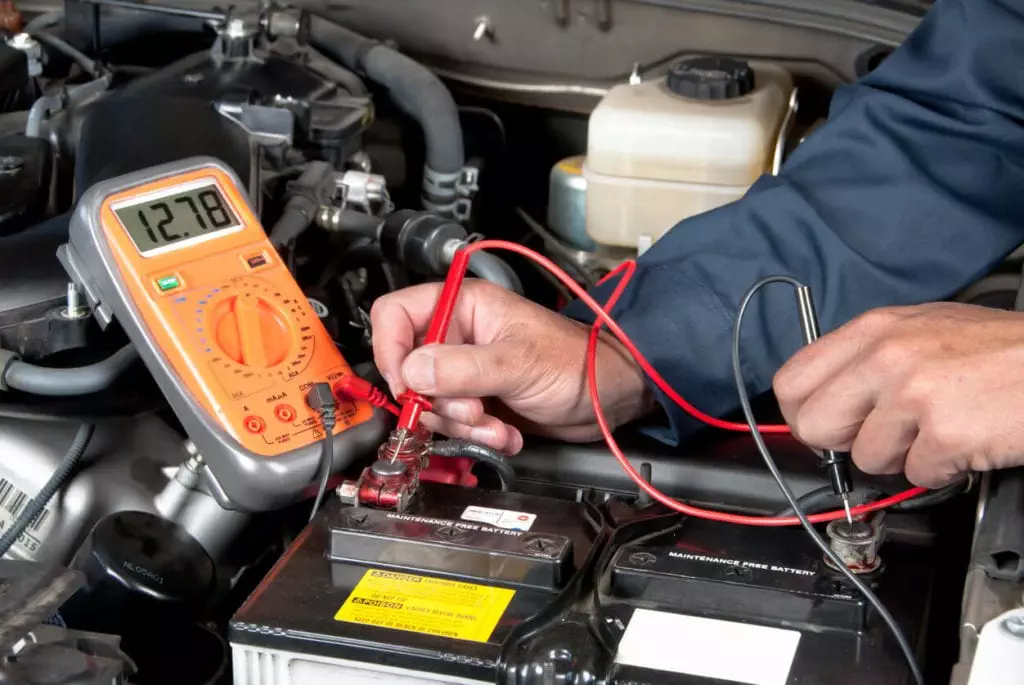
What Mechanics Can Teach Us About Common Car Repairs and How to Spot Them
Ever wondered what mechanics see when they look under the hood of your car? Understanding common car repairs and how to spot them might seem daunting, but it doesn’t have to be. Picture this: you’re cruising down the highway, and suddenly, an unfamiliar sound disrupts your smooth ride. Identifying car issues before they escalate can save you both time and money. In today’s fast-paced world, knowing a few car maintenance tips can be as essential as knowing how to navigate a new tech gadget. Plus, with vehicles becoming more complex, staying informed has never been more crucial.
You might ask yourself, “How can I spot these car trouble signs without any mechanical expertise?” The answer lies in paying attention to your vehicle and understanding a few basic signs. From erratic noises to unusual smells, simple DIY car repairs and preventative car maintenance can be easier than you think. And with a handy automotive repair checklist, you’ll feel more confident addressing these issues head-on.
Curious to learn more about what mechanics know and how they diagnose common vehicle issues? Dive into this insightful guide and discover practical auto repair tips that empower you to tackle your car problems with ease.
In the article
Common Car Repairs and How to Spot Them
Understanding Common Car Repairs and How to Spot Them can save you a lot of time and money. Cars, like anything else, need care and attention. But not everyone knows how to spot a problem early. By learning how to identify issues, you can avoid more serious damage later. This is important because small problems can become big ones if ignored.
Identifying Car Issues
If your car’s making strange noises, it’s possible there’s a problem. Noises like squeaking, grinding, or clunking can often signal a need for attention. For example, a squeal when you break might mean you need new brake pads. Grinding sounds might suggest a more serious issue with your brakes. Listen to your car, and note any sounds you don’t recognize.
Unusual vibrations can also indicate car trouble. If you feel your steering wheel shaking or vibrating while driving, it might be time for a check-up. Vibrations can point to tire balance problems or issues with your vehicle’s alignment. These problems, if not fixed, can lead to uneven tire wear and decreased fuel efficiency.
Your dashboard lights are there for a reason. They provide crucial alerts to potential issues. If you see a light pop up, like the check engine light, don’t ignore it. It could be a sign of something simple or something that needs immediate attention, like engine problems.
DIY Car Repairs Tips
There are some simple car repairs you can do yourself without needing much experience. For example, changing wiper blades is easy and can be done in minutes. Good wipers are essential for safe driving, especially in bad weather. You don’t want to be caught in the rain with poor visibility.
Replacing air filters is another simple fix that can help your car’s performance. Over time, air filters get dirty and clogged. A new, clean filter improves fuel efficiency and engine performance. It’s a small task with a big impact.
Preventative Car Maintenance
Regular check-ups are key to preventing common vehicle issues. Just like you see a doctor for regular health check-ups, your car needs check-ups too. This preventative car maintenance helps catch problems before they become major repairs.
Keep an eye on your tires, fluid levels, and brakes. These are the parts of your car that wear out the fastest. By regularly checking and maintaining them, you can extend your car’s life and improve its performance. Always refer to your car’s manual for specific maintenance intervals.
Car Maintenance Tips from Mechanics
Vehicle Repair Guide Basics
Creating a checklist can be a great way to stay on top of car maintenance. A vehicle repair guide or an automotive repair checklist can help you track what needs attention. Write down essential tasks like oil changes, tire rotations, and brake checks. This helps ensure nothing is overlooked.
Learn some basic repair and maintenance skills. Even understanding how to check your own oil or replace a headlight bulb can save you a trip to the mechanic. It’s empowering to know how to handle small tasks yourself.
Common Vehicle Issues
Tire wear is a common issue that can indicate alignment problems. If you notice uneven tire wear, it might be time to get your alignment checked. Proper alignment not only prolongs the life of your tires but also improves handling and safety.
Battery issues can cause starting troubles. If your car cranks slowly or not at all, it might be a sign of a weak battery. Sometimes, cleaning the battery terminals can help, but often a battery replacement is necessary. Regularly test your battery and charging system to prevent unexpected trips to the repair shop.
Car Problem Diagnosis Skills
Understanding Car Trouble Signs
Spotting leaks under your car can save you from bigger repairs down the road. Oil, coolant, or transmission fluid leaks can be serious. If you spot any liquid under your car, check it out immediately. Identifying car issues early is the best way to keep repair costs down.
Having good car problem diagnosis skills is useful. It’s not just about fixing what’s broken but knowing when something needs fixing. Trust your instincts. If something feels off, like a change in how your car drives, it’s worth investigating.
Listen to what your car is telling you. Whether it’s strange noises, brake issues, or unusual smells, pay attention and act quickly. The sooner you address a problem, the easier and cheaper it is to fix. This proactive approach not only saves money but keeps you safer on the road.
In summary, learning about Common Car Repairs and How to Spot Them is very valuable. Whether it’s identifying minor issues or knowing when to seek professional help, understanding your car helps you maintain it better. By keeping up with regular maintenance and staying alert to warning signs, you can enjoy a smoother, safer ride every time you hit the road.
Drive Confidently with Your New Skills
Understanding car issues empowers you to maintain your vehicle and avoid surprises. You’ve gained valuable tips on spotting signs of trouble early. This knowledge not only saves you time and money but also boosts your confidence on the road. You can now handle minor repairs and know when to seek professional help.
Start applying what you’ve learned today. Check your vehicle for any signs of wear and tear. Make a list of any noticeable issues and tackle small DIY repairs when possible. Regular maintenance, like checking fluid levels and tire pressure, can prevent bigger problems. Ensure you have a repair checklist handy for peace of mind.
Take charge of your vehicle’s health. Begin your hands-on journey with these easy steps and keep your car running smoothly. Your road to expert car care starts now. Let’s go!





